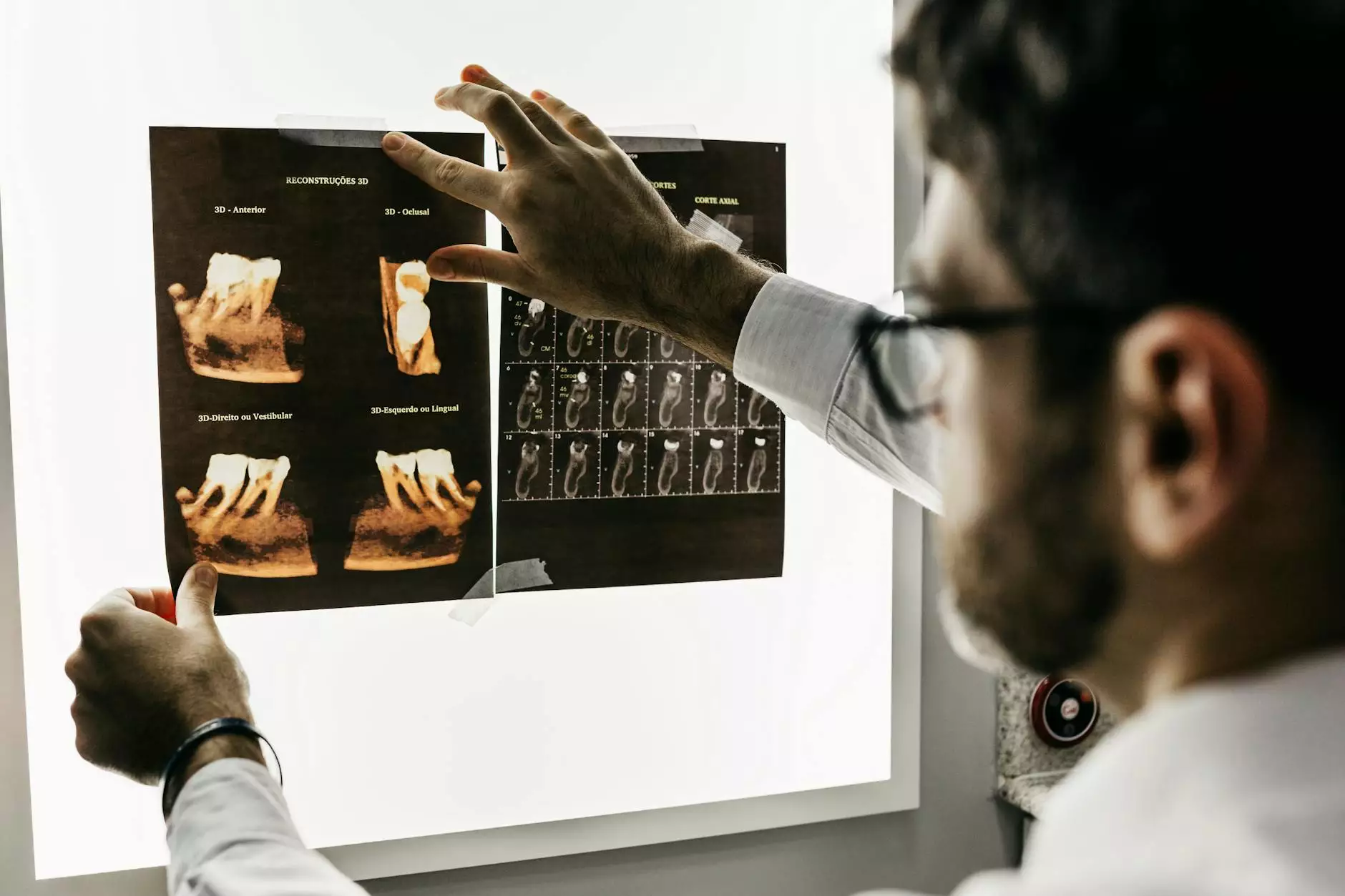Comprehensive Guide to the Parts of Automatic Transmission for Optimal Vehicle Performance

In the automotive industry, automatic transmissions have revolutionized vehicle operation, providing drivers with seamless gear shifts and enhanced driving comfort. Understanding the parts of automatic transmission is vital not only for technicians and mechanics but also for car owners who wish to grasp how their vehicles operate and maintain peak performance. This extensive guide explores every essential component within an automatic transmission system, detailing their functions, interactions, and importance in delivering smooth, efficient, and reliable driving experiences.
Introduction to Automatic Transmission and Its Significance
The automatic transmission is a crucial element in modern vehicles, enabling automatic gear changes without driver intervention, which results in a more effortless driving experience. As opposed to manual systems, automatic transmissions use complex components working in harmony to provide consistent power delivery, adapt to different driving conditions, and maximize fuel efficiency.
Understanding the parts of automatic transmission begins with recognizing its core purpose: to transfer power from the engine to the wheels efficiently while adapting to various driving demands. Regular maintenance and knowledge of these components can extend the lifespan of your transmission and prevent costly repairs.
The Core Components of Automatic Transmission System
The automatic transmission system comprises multiple interdependent parts, each playing a unique role. Here, we detail these components to give you a comprehensive understanding of how an automatic transmission functions.
1. Planetary Gearsets (Gear Sets)
At the heart of an automatic transmission, the planetary gearsets are responsible for providing different gear ratios. These gearsets consist of:
- Sun gear: Central gear that meshes with planet gears
- Planet gears: Gears that rotate around the sun gear, meshing with the ring gear
- Ring gear: External gear that encircles the planet gears
By engaging different elements of the planetary gearsets, the transmission can smoothly shift between gears, providing features such as overdrive, reverse, and multiple forward gears.
2. Hydraulic System
The hydraulic system acts as the nervous system of the transmission, controlling the application of clutches and bands through pressurized fluid. Key components include:
- Hydraulic pump: Generates the necessary pressure
- Valve body: Directs hydraulic fluid to various components based on driving conditions
- Hydraulic fluid: The transmitting medium that powers clutch and band engagement
This system ensures precise, responsive gear shifts that adapt dynamically to driver input and engine load.
3. Clutches and Bands
Moving to the clutches and bands, these elements are responsible for locking specific gear components to facilitate gear changes. They include:
- Clutch packs: Multi-layered clutches that engage to lock certain gear sets
- Bands: Bands that wrap around drums to hold them stationary
Precise control over these parts enables the transmission to smoothly transition from one gear ratio to another, ensuring comfort and efficiency.
4. Torque Converter
The torque converter is a pivotal component that replaces the clutch in a manual transmission. It functions as a fluid coupling that enables the engine to transfer power to the transmission smoothly without requiring a manual clutch operation. Key features include:
- Impeller: Attached to the engine, propels transmission fluid
- Stator: Redirects fluid for increased torque transfer
- Turret: The turbine, connected to the transmission input shaft
The torque converter provides automatic torque multiplication during acceleration and decouples the engine from the transmission during deceleration.
5. Valve Body and Solenoids
The valve body acts as the control center for the hydraulic system, containing numerous channels and passages driven by solenoids. It manages the flow of hydraulic fluid, thereby controlling clutch and band engagement for various gear positions. The solenoids act as electronic switches that respond to driver inputs and vehicle conditions, orchestrating precise gear shifts.
6. Transmission Control Module (TCM)
The Transmission Control Module is the brain behind the automatic transmission. It interprets signals from the vehicle's sensors and driver’s inputs to determine the optimal gear engagements. By fine-tuning hydraulic pressure and clutch operation, the TCM results in smooth, intelligent gear changes that enhance driving experience and fuel economy.
7. Transmission Fluid
Integral to the entire system, transmission fluid lubricates moving parts, transmits hydraulic pressure, cools components, and cleans internal passages. The quality and level of this fluid directly influence transmission performance and longevity.
Understanding the Functional Dynamics of Parts of Automatic Transmission
Comprehending how parts of automatic transmission interact is vital for diagnosing issues, performing maintenance, and appreciating the complexity of these systems. Here, we detail the operation process:
Initial Engagement and Gear Selection
When the driver selects a gear (via the gear selector), the TCM receives this input and commands the valve body to direct hydraulic pressure accordingly. This pressure engages specific clutches and bands, altering the planetary gearset configuration to deliver the desired gear ratio, whether forward, reverse, or neutral.
Torque Multiplication and Power Transfer
The torque converter amplifies torque during starting and acceleration phases. As the vehicle reaches cruising speed, the converter allows the engine to decouple from the transmission, leading to smoother operation and better fuel economy.
Gear Shifts and Transmission Control
As driving conditions change—such as going uphill, accelerating, or decelerating—the TCM continuously adjusts the hydraulic pressures to engage or disengage clutch packs included in the planetary gearsets. This dynamic process ensures optimal power delivery and seamless gear transitions.
Benefits of Understanding the Parts of Automatic Transmission
- Enhanced Maintenance Skills: Recognizing component functions helps in timely troubleshooting and preventive care, prolonging transmission life.
- Improved Diagnostics: Knowledge enables accurate identification of issues like slipping, overheating, or rough shifting.
- Cost Savings: Proper care reduces repair costs and prevents catastrophic failures.
- Increased Vehicle Reliability: Well-maintained automatic transmissions translate into consistent, dependable vehicle performance.
Final Thoughts on Choosing Quality Auto Parts for Your Automatic Transmission Parts of Automatic Transmission
For those seeking top-quality auto parts related to parts of automatic transmission, sourcing from reputable suppliers like shenghaiautoparts.com guarantees durability, compatibility, and high performance. Whether you need clutch packs, solenoids, valve bodies, or transmission fluid, choosing OEM-quality components ensures your transmission continues to operate smoothly and reliably.
Conclusion: Embracing Knowledge for Better Vehicle Maintenance and Performance
Understanding the parts of automatic transmission is more than an academic exercise—it's a practical blueprint for maintaining and optimizing your vehicle. By familiarizing yourself with the intricate components and their roles, you empower yourself to make smarter decisions regarding repair, maintenance, and upgrades. For premium auto parts and supplies that meet the highest standards, trust in businesses like shenghaiautoparts.com, dedicated to supporting your vehicle’s longevity and performance.
Embrace this comprehensive knowledge to ensure your automatic transmission remains in peak condition, delivering the smooth, efficient, and reliable operation that modern driving demands.









